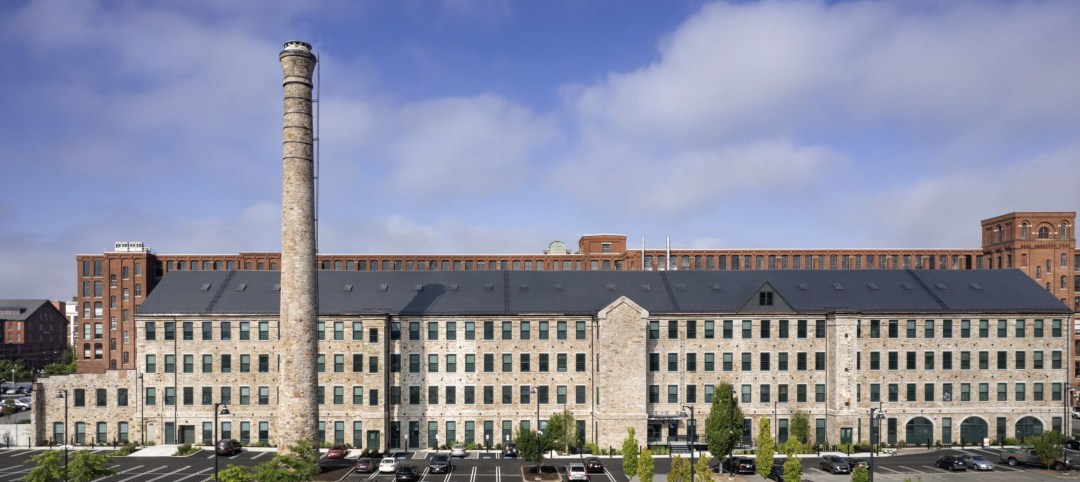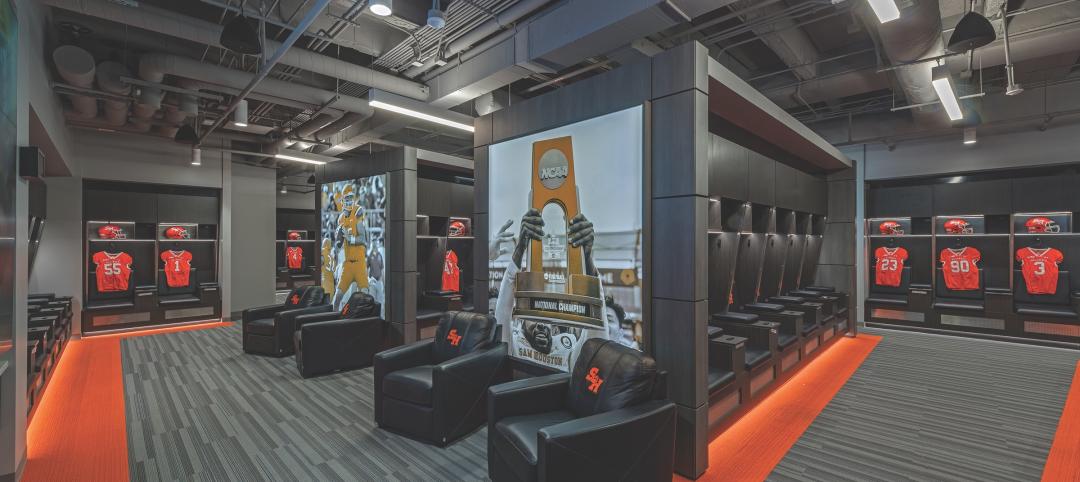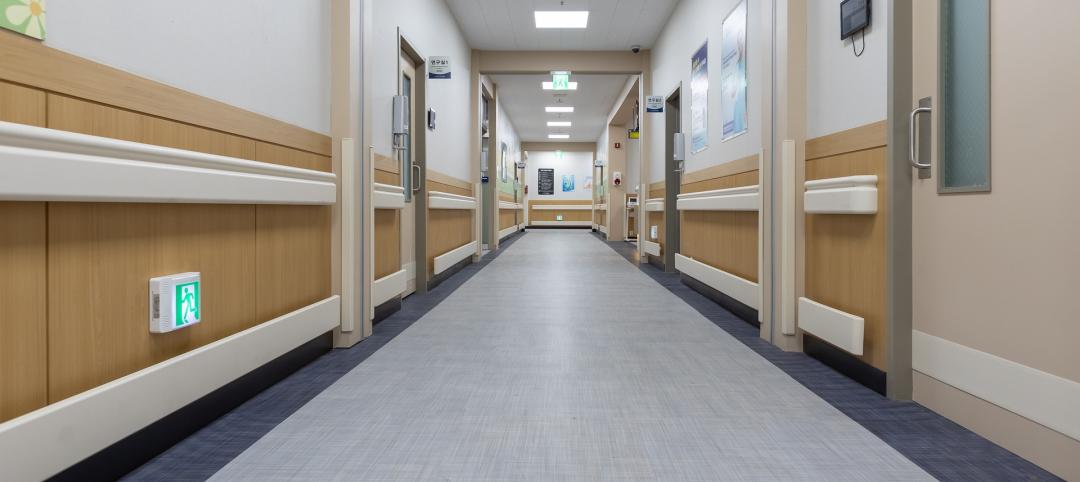ATLANTA – ASHRAE and the Indoor Air Quality Association (IAQA) have agreed in principle to join forces, combining resources to improve indoor air quality in the built environment.
Pending a three to six month period of due diligence, IAQA will become a part of the ASHRAE organization while maintaining its own brand and Board of Directors. IAQA will operate independently within ASHRAE’s organizational structure. Plans call for IAQA headquarters to relocate from Rockville, Md., to Atlanta, Ga., home of ASHRAE’s international headquarters. The agreement was reached between the leadership of both associations and confirmed at ASHRAE’s 2014 Annual Conference that concluded earlier this month in Seattle, Wash.
“This merger is beneficial to both ASHRAE and IAQA in that it strengthens the programs and services of both organizations,” Tom Phoenix, ASHRAE president, said. “The work of IAQA complements the work of ASHRAE in its standards, research, publications and educational offerings. We now combine our resources to ensure the industry receives the best indoor air quality technical guidance and educational programs possible, which means improved indoor air quality for the world around us.”
Among ASHRAE’s major indoor air quality offerings are Standard 62.1, Ventilation for Acceptable Indoor Air Quality, and Standard 62.2, Ventilation and Acceptable Indoor Air Quality in Low-Rise Residential Buildings, and publications such as the Indoor Air Quality Guide: Best Practices for Design, Construction and Commissioning. ASHRAE also recently announced the formation of the Indoor Environmental Quality Global Alliance, which included IAQA as a charter member. ASHRAE also has a strong research program related to indoor air quality with 10 current projects totaling $2.8 million, representing 23 percent of ASHRAE’s research budget.
“This merger allows IAQA to maintain its own brand while also providing its members with enhanced benefits and services,” Kent Rawhouser, president of IAQA, said. “Our strong history of programs and products is expected to not only continue, but to grow as the merger allows us to take advantage of the resources and programs overseen by ASHRAE. Members of IAQA and ASHRAE will work collaboratively to strengthen indoor air quality programs for the industry, and most importantly, for the people who occupy homes and buildings around the world.”
IAQA provides continuing education, conferences and expositions, certification programs, monthly webinars, technical publications and funds indoor air quality related research. IAQA subsidiary, Indoor Environmental Standards Organization (IESO), is an American National Standards Institute (ANSI) accredited standards developing organization focused on indoor air quality assessment, remediation and management of indoor environments.
ASHRAE and IAQA programs will be aligned to create high-impact resources for building professionals around the globe.
“Indoor air quality is vitally important to the health and welfare of people worldwide,” Phoenix said. “Air quality systems must work harmoniously with other systems in homes and buildings to ensure a healthy and sustainable built environment.”
The Indoor Air Quality Association (IAQA) is a nonprofit organization dedicated to bringing practitioners together to prevent and solve indoor environmental problems for the benefit of customers and the public. IAQA was established in 1995 and is the nation’s largest indoor air quality trade association with over 2,600 members and more than 20 local chapters across the United States and Canada. More information is available atwww.iaqa.org/news and at www.ieso.org.
ASHRAE, founded in 1894, is a global society advancing human well-being through sustainable technology for the built environment. The Society and its more than 50,000 members worldwide focus on building systems, energy efficiency, indoor air quality, refrigeration and sustainability. Through research, standards writing, publishing, certification and continuing education, ASHRAE shapes tomorrow’s built environment today. More information can be found at www.ashrae.org/news.
Related Stories
Adaptive Reuse | Oct 22, 2024
Adaptive reuse project transforms 1840s-era mill building into rental housing
A recently opened multifamily property in Lawrence, Mass., is an adaptive reuse of an 1840s-era mill building. Stone Mill Lofts is one of the first all-electric mixed-income multifamily properties in Massachusetts. The all-electric building meets ambitious modern energy codes and stringent National Park Service historic preservation guidelines.
MFPRO+ News | Oct 22, 2024
Project financing tempers robust demand for multifamily housing
AEC Giants with multifamily practices report that the sector has been struggling over the past year, despite the high demand for housing, especially affordable products.
Performing Arts Centers | Oct 21, 2024
The New Jersey Performing Arts Center breaks ground on $336 million redevelopment of its 12-acre campus
In Newark, N.J., the New Jersey Performing Arts Center (NJPAC) has broken grown on the three-year, $336 million redevelopment of its 12-acre campus. The project will provide downtown Newark 350 mixed-income residential units, along with shops, restaurants, outdoor gathering spaces, and an education and community center with professional rehearsal spaces.
Office Buildings | Oct 21, 2024
3 surprises impacting the return to the office
This blog series exploring Gensler's Workplace Survey shows the top three surprises uncovered in the return to the office.
Healthcare Facilities | Oct 18, 2024
7 design lessons for future-proofing academic medical centers
HOK’s Paul Strohm and Scott Rawlings and Indiana University Health’s Jim Mladucky share strategies for planning and designing academic medical centers that remain impactful for generations to come.
Sports and Recreational Facilities | Oct 17, 2024
In the NIL era, colleges and universities are stepping up their sports facilities game
NIL policies have raised expectations among student-athletes about the quality of sports training and performing facilities, in ways that present new opportunities for AEC firms.
Codes and Standards | Oct 17, 2024
Austin, Texas, adopts AI-driven building permit software
After a successful pilot program, Austin has adopted AI-driven building permit software to speed up the building permitting process.
Resiliency | Oct 17, 2024
U.S. is reducing floodplain development in most areas
The perception that the U.S. has not been able to curb development in flood-prone areas is mostly inaccurate, according to new research from climate adaptation experts. A national survey of floodplain development between 2001 and 2019 found that fewer structures were built in floodplains than might be expected if cities were building at random.
Seismic Design | Oct 17, 2024
Calif. governor signs limited extension to hospital seismic retrofit mandate
Some California hospitals will have three additional years to comply with the state’s seismic retrofit mandate, after Gov. Gavin Newsom signed a bill extending the 2030 deadline.
MFPRO+ News | Oct 16, 2024
One-third of young adults say hurricanes like Helene and Milton will impact where they choose to live
Nearly one-third of U.S. residents between 18 and 34 years old say they are reconsidering where they want to move after seeing the damage wrought by Hurricane Helene, according to a Redfin report. About 15% of those over age 35 echoed their younger cohort’s sentiment.

















